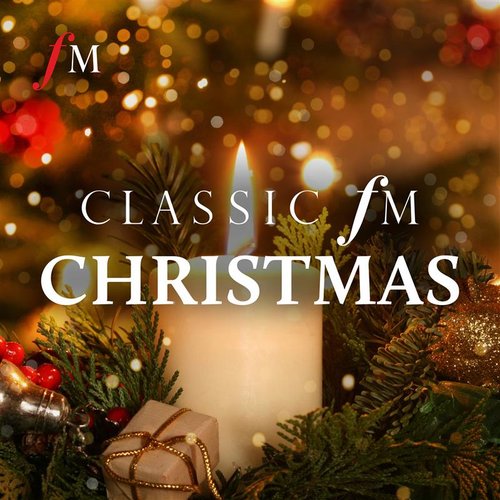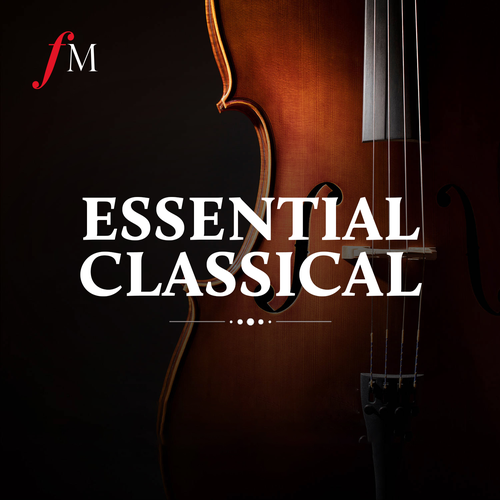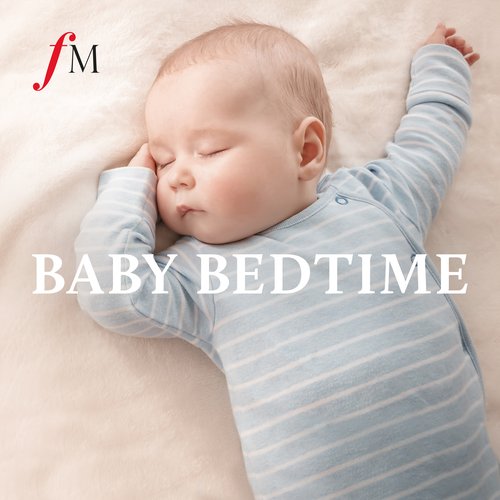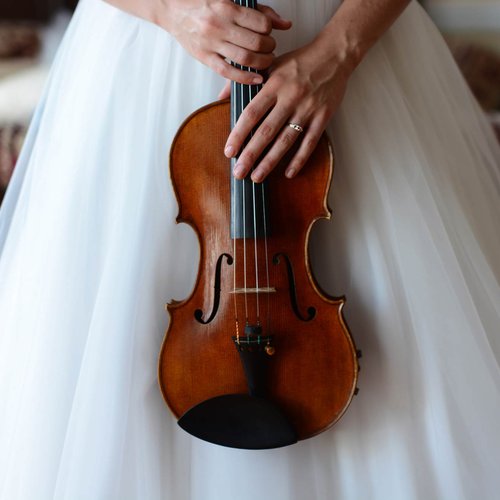Is music theory the secret to writing a pop hit?
14 January 2019, 14:41 | Updated: 15 January 2019, 12:51

Every artist wants to produce a track that stands the test of time, so here’s how music theory can help with your songwriting...
There are many elements to a pop song: melody, lyrics, rhythm and instrumentation, for a start.
But what about structure; is there a tried and tested formula that guarantees a hit?
Let’s take a closer look at some of the most common pop song structures…
Start with the basics…
What are the sections that make up some of popular music’s best-loved tunes?
Intro: Here, you want to set the right tone. People will switch over after 30 seconds if they don’t like your intro, so capturing their attention is crucial.
Verses: Similar to verses or stanzas in a poem, verses move the story of your song along and the lyrics often rhyme. Most pop tracks tend to include two or three verses.
The Pre-Chorus: Builds up to the chorus and is rarely more than four bars-long.
Chorus: This holds all the key themes, is repeated after each verse, usually includes the title of your song and the melody tends to be the catchiest part of the track.
The Refrain: Just like the chorus, it provides a sense of familiarity (repeating the music or lyrics more than once). Although a refrain can be part of a chorus, there is a key difference between the two: the refrain is only made up of a word or phrase, whereas the chorus is made up of many lyrics.
The Bridge: Also known as the build, channel, middle 8 or transitional bridge, this section departs from what you’ve heard before and adds an element of surprise.
The Hook: This is the part you really want people to remember. Although it tends to be the chorus, it can also be the refrain.
Coda/Outro: This helps your song draw to a close. Generally, you don’t write new melodies or riffs here – an effective outro could be a fade-out (music getting quieter) or a ritardando (music becoming slower).
Top three pop song structures
1. ABABCB
This is the most accessible and widely-used format.
Tina Turner’s ‘What’s Love Got To Do With It?’ and Radiohead’s ‘High and Dry’ are good examples of this song structure.
They consist of: Verse / Chorus / Verse / Chorus / Bridge / Chorus
However, modern production tools are causing ABABCB to evolve into just a verse and chorus, with artists instead beginning to introduce more sonic variety.
For example, techniques to update the sound of a verse might include adding a reverb, synth or pitch- and time- shifting vocals.

Radiohead - High & Dry
2. ABCABCDC
A slight variation of the previous format as it adds in a pre-chorus – just like in Katy Perry’s number one single ‘Firework’:
Verse / Pre-Chorus / Chorus / Verse / Pre-Chorus / Chorus / Bridge / Chorus
This technique gives the listener a feeling of lyrical, rhythmic and melodic contrast, making it very effective. It's no surprise this structure is the foundation of some of the biggest pop hits.

Katy Perry - Firework (Official)
3. AABA
Sometimes referred to as thirty-two-bar form, AABA’s four-section format includes a refrain but no chorus:
Verse / Verse / Bridge / Verse
This third example has mainly been used in American pop music, but The Beatles’ ‘Yesterday’ and Adele’s ‘Make You Feel My Love’ were both written in this way.
AABA also bears similarities to ternary form in classical music (particularly the operatic da capo aria), which is in ABA form.
So, what are you waiting for? Get writing!

ADELE - 'Make You Feel My Love'









































